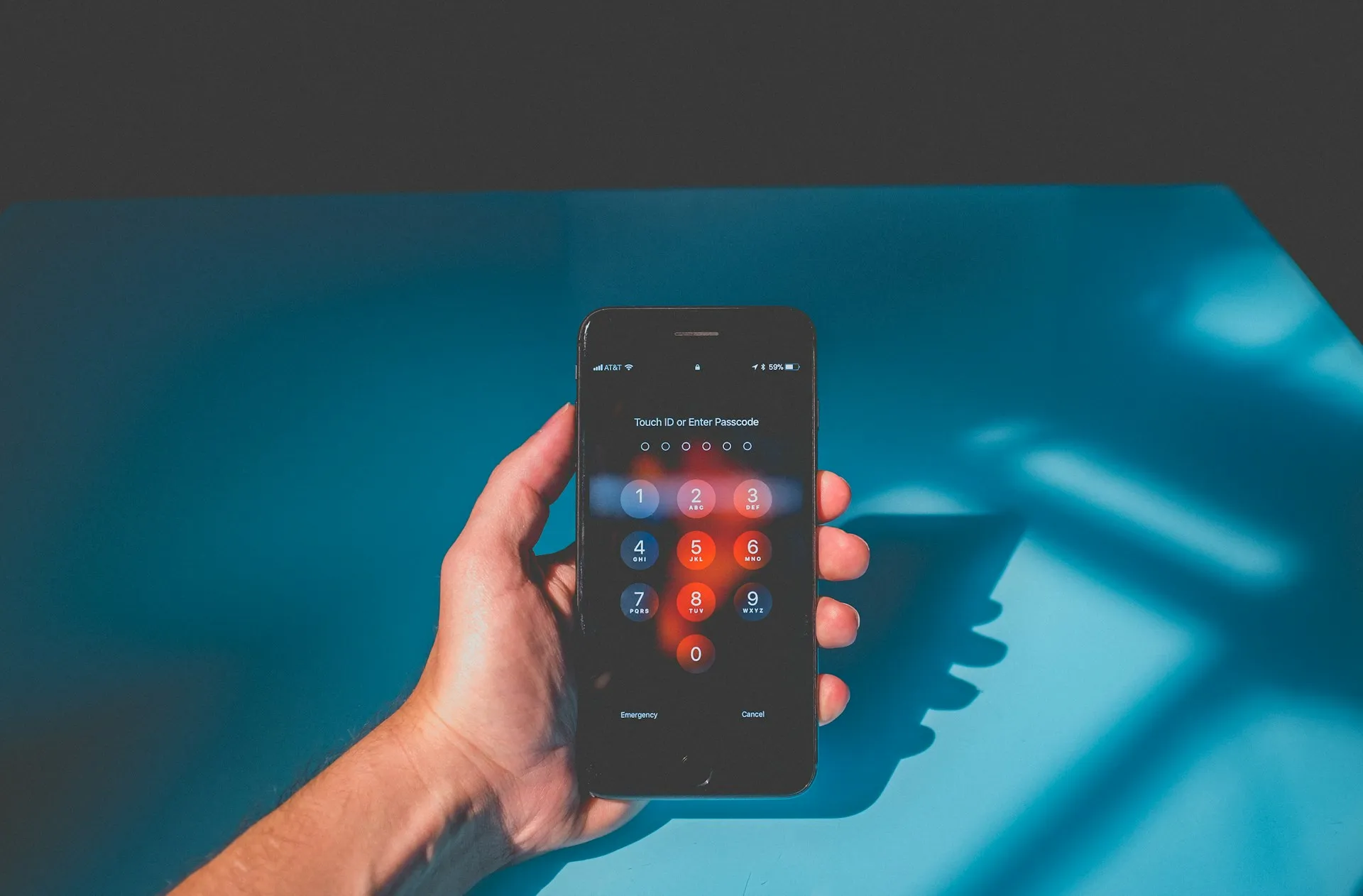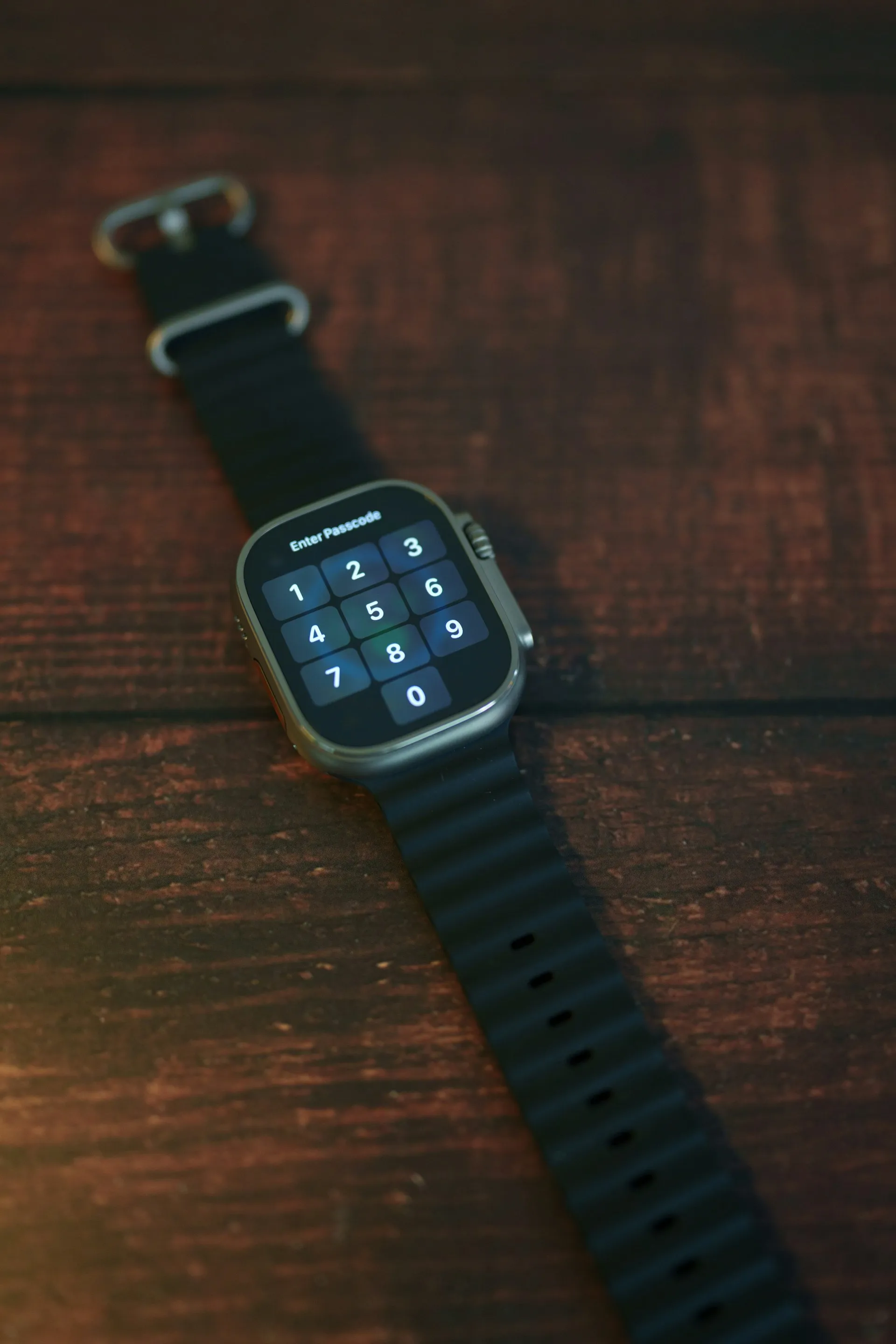As we stand on the brink of digital evolution, password managers are evolving to support passkeys, heralding a shift from traditional passwords. While password managers like 1Password and Dashlane are integrating passkey support, users will still navigate a landscape where not all sites support passkeys. This transition phase is critical, with password managers offering a bridge between the old and new, ensuring seamless access while maintaining high security.
Passkeys, the emerging champions of cybersecurity, are poised to redefine personal security in the digital realm. Passkeys stored within password managers promise a more secure and convenient future by eliminating the need for remembering multiple traditional passwords. As tech companies work towards this goal, users must adapt to the changing dynamics of digital authentication, ensuring they remain protected during this technological shift.

Understanding the Shift from Passwords to Passkeys
Tech companies are leading a transformative shift from the venerable username and password paradigm to a more secure framework of passkeys. This change addresses the vulnerability of stolen credentials and mitigates the risks associated with phishing attempts. Websites and apps adopting passkeys are part of a broader strategy to enhance digital identity security, reducing the possibility of password attacks by removing the central weakness: the password itself.
Embracing passkeys signifies a commitment to bolstering cybersecurity. As passkeys stored securely replace traditional credentials, users can expect a reduction in the success of cyber threats. This forward-thinking approach strengthens security and simplifies the authentication process for users, who no longer have to memorize complex passwords for each online interaction.
The Mechanics of Passkey Technology
At the heart of passkey technology lies a sophisticated system known as asymmetric cryptography, which pairs with public key cryptography to enhance security. Unlike the typical username and password combination, a passkey is linked to a unique digital identity on a device, like an Android phone, allowing you to unlock your phone with biometrics or a PIN. This method employs a pair of cryptographic keys: a public key shared with the service and a private key retained on the device, ensuring secure and private authentication.
How to Set Up and Use Passkeys
To utilize passkeys, create your digital identity with a service that supports public key cryptography. When setting up a new account or logging in, you might scan a QR code with your Android phone or another device. This initiates a sequence where asymmetric cryptography verifies your identity without a traditional username and password. Vice presidents of security and IT professionals tout this as a way to unlock your phone swiftly and safely, setting a new standard for secure access.
The Enhanced Security Benefits of Passkeys
Passkeys offer a security upgrade by binding each digital identity to a specific Android phone, essentially turning your device into a unique key. This system eliminates the need to store sensitive passwords on servers, thereby reducing the risk of breaches. By scanning a QR code to authenticate, users can enjoy a secure login experience that is as simple as unlocking their phone but with robust cryptographic protection.
Tackling Common Concerns: Loss of Device and Cross-Device Usage
Concerns such as the loss of a device or the need for cross-device usage are being addressed as part of the evolving passkey ecosystem. For instance, storing your passkeys within a password manager allows recovery options if you misplace your Android phone. Similarly, using a QR code can facilitate passkeys across different platforms, ensuring that your digital identity remains secure and accessible no matter where you are or what device you’re using.
The Role of Passkeys in Thwarting Cyber Threats
Passkeys are revolutionizing identity security by offering a robust defense against unauthorized access. By replacing the traditional password, passkeys stored on your Android phone prevent cybercriminals from exploiting stolen credentials. This modern approach to security diminishes the effectiveness of conventional cyber threats and fortifies the barriers to protecting your personal information.
Preventing Database Leaks and Phishing Attacks
Passkeys are instrumental in preventing database leaks and phishing attacks by removing the weakest link in security: the password. With passkeys, there’s no centralized password repository for hackers to target, significantly reducing the potential for mass credential theft. This paradigm shift towards a passkey-centric security model promises to bolster our defenses against the ever-evolving landscape of cyber threats.

The Pros of Embracing a Passwordless Era
Transitioning to a passwordless future presents numerous advantages. Eliminating passwords altogether simplifies the authentication process, alleviating the burden of remembering different passwords for multiple accounts. Furthermore, using physical security keys and biometric authentication options like face or fingerprint recognition reduces the susceptibility to cyber threats, paving the way for a more secure online experience.
The passwordless future is not only more secure but also more user-friendly. With fewer online accounts to manage, the simplicity of accessing services using biometrics or physical security keys can increase user satisfaction. The concept of abandoning passwords today may seem daunting, but the transition promises a more streamlined and secure digital life.
Increased Convenience for Users
The shift from complex passwords to passkeys is set to streamline password usage, offering increased convenience for users. No longer will there be a need to remember many passwords or endure the frustration of resetting forgotten ones. Passkeys enable a more user-friendly approach, allowing access to services with a simple, quick, and secure authentication process.
Reduced Risk of Password Breaches
With passkeys, the risk of security breaches stemming from compromised password security diminishes significantly. Password managers are crucial in this transition, providing a secure passkey repository and enabling security teams to focus on broader security issues. This shift is expected to reduce the overall incidence of security breaches as the reliance on traditional passwords, a known vulnerability, is phased out.
Simplifying Access Across Multiple Devices
One of the key benefits of passkeys is the ease of access they provide across multiple devices. Whether you’re signing in on a new gadget or one you’ve used before, a simple scan of a QR code can securely authenticate your digital identity. This seamless process eliminates the hassle of remembering passwords for each device, significantly simplifying the user experience.
The Cons of a World Without Traditional Passwords
The transition away from traditional passwords is not without its challenges. While passwords today are a familiar aspect of our digital lives, a passwordless future requires adapting to new forms of biometric authentication and learning to manage online accounts in novel ways. This shift may initially pose hurdles as users become accustomed to relying on face or fingerprint recognition over the memorized passwords for multiple accounts they’ve used for years.
Despite the potential for a more secure online environment, concerns regarding cyber threats and the authentication process remain. The reliance on new technologies like physical security keys and biometric data introduces new vulnerabilities and challenges that security experts must address to ensure the continued safety of user data in the face of evolving cyber threats.
Potential Challenges in Passkey Adoption
While adopting passkeys brings many benefits, there are potential challenges to consider. Transferring digital identities between different ecosystems, like Apple or Google, is an area that requires further refinement. Setting up a passkey is straightforward, but ensuring that passkeys remain universally accessible and transferable across various platforms is a critical aspect that needs attention.
Considerations for Sharing Access Securely
In a world where passkeys are the norm, considerations for securely sharing access become paramount. Law enforcement may gain access to devices under certain circumstances, and using face or fingerprint authentication can complicate privacy matters. While a QR code can simplify the process of granting access, it’s essential to consider how these technologies will interface with existing legal frameworks and the rights of individuals.
Impact of Passwordless Authentication on Society
As we move towards a passwordless future, the way society handles digital security is undergoing a transformation. Combining multi-factor authentication with passwordless methods creates a robust authentication process, merging something you have, like a phone, with something you are, like a fingerprint. This dual-layer approach means that even if one element is compromised, unauthorized access is still challenging for cyber criminals.
The shift from traditional passwords to pin or biometric-based systems promises to reduce the occurrence of credential stuffing and phishing attacks, which thrive on exploiting weak or reused passwords. Furthermore, eliminating password resets, a frequent inconvenience for users, signifies a leap in user experience and security protocol.
Implications for Individual Privacy and Security
Password managers and cloud storage providers are adapting to this new era, with many already incorporating zero-knowledge architecture, ensuring that encryption and decryption happen on your device, leaving servers with no access to unencrypted data. This move bolsters individual privacy and fortifies security, as accessing encrypted vaults would require both your password and a unique key, making unauthorized access exceedingly difficult.
Transforming Business Security Infrastructure
Businesses face a significant shift in their security infrastructure with the adoption of passwordless systems. Systems and applications will need to be evaluated and, in many cases, upgraded or replaced to accommodate new authentication standards. This process involves careful planning to ensure compatibility between new passwordless solutions and existing technological frameworks, and businesses must be prepared for the associated costs and the challenge of integrating with legacy systems.

The Compatibility of Passkeys and Password Managers
Password managers remain relevant in the era of passkeys because not every service provider currently supports passkeys. Traditional passwords will coexist with passkeys for the foreseeable future, necessitating a system that can handle both. Password managers are evolving to store passkeys, enabling you to manage them efficiently across various operating systems and devices.
As tech giants like Google and Microsoft champion passkeys, password management tools adapt to this change. Innovations in password managers aim to offer seamless transition and management of passkeys, ensuring they remain an essential part of the digital security toolkit, even as we embrace passwordless authentication methods.
Will Passkeys Render Password Managers Obsolete?
No, passkeys are unlikely to render password managers obsolete anytime soon. While passkeys offer a more secure authentication method, the transition period will require both systems to work together. Password managers are adapting by integrating passkey storage and management capabilities, ensuring their continued relevance in the tech ecosystem.
Pros
Embracing passkeys and password managers together enhances security by seamlessly managing both traditional passwords and passkeys. This partnership allows easier access across different devices and platforms and even offers the ability to share access with family members or colleagues securely.
Cons
However, the integration of passkeys into password managers also presents challenges. Users may encounter a learning curve and potential confusion in managing two types of credentials. In addition, the need for wide-ranging support across various websites and services could slow down the full adoption of passkeys, maintaining the necessity for traditional passwords.
The Path Toward Widespread Passkey Implementation
The journey towards a world where passkeys are the norm is in progress. The vision is that one day, you’ll log into all your accounts using your biometric data or a simple PIN, much like how you unlock your phone. Passkeys created for each account are safeguarded by asymmetric cryptography, ensuring your private keys remain confidential and secure on iOS devices, Windows PCs, or Android devices.
For passkey implementation to be universal, systems like QR code scanning for easy authentication must be standardized. Google’s password manager and similar tools will need to support passkeys, ensuring that all family members can manage their credentials on Apple ID or any other platform. As this technology develops, the convenience of passkey use will likely see rapid adoption across various user demographics.
The Role of FIDO Alliance and Other Initiatives
Passwordless methods are gaining traction, with the FIDO Alliance playing a pivotal role in setting standards for secure, passwordless authentication. By promoting interoperability and user-friendly solutions, these initiatives are pushing the digital world closer to a passwordless, secure, and convenient future for users.
What is FIDO-based Authentication?
FIDO-based authentication is a pioneering move towards a passwordless future, where users can authenticate their identities without traditional passwords. Instead, it uses a combination of devices and biometric identifiers to grant access, significantly reducing the risk of password-related breaches and simplifying user login processes.
Current Limitations and Future Developments
While the future of passwords is leaning towards passkey technology, current limitations persist. Setting up a single password for multiple accounts is still commonplace, but with passkeys, this practice could evolve. Mobile devices play a crucial role in passkey technology, yet not all systems and applications support this new form of authentication. Users may struggle with transitioning from complex passwords, which often include lowercase letters and special characters, to using passkeys, which are meant to streamline password security and keep sensitive data safe. As computer users adapt, developers are working to overcome these challenges, ensuring passkeys can authenticate users seamlessly across various platforms.
Anticipating Law Enforcement Access in a Passkey-Dominant World
Law enforcement’s ability to gain access to digital information is a concern in a world shifting towards passkeys. When a warrant grants access, the method of entry into secured data is key. Hardware tokens used as a part of multi-factor authentication provide a physical barrier, potentially offering more legal protection than knowledge-based credentials like passwords. Passkeys, which may be stored on a device or within a secure enclave, could present new complexities for law enforcement seeking access as they navigate the intersection of technology and legal rights.
Furthermore, the implications for Fifth Amendment rights in the context of passkeys are still being explored. If passkeys are treated similarly to alphanumeric passwords, they might offer stronger protection against self-incrimination than biometric methods. Yet, the legal framework is still adapting to these technological changes, and the balance between privacy rights and law enforcement’s need to investigate crimes remains a dynamic and evolving issue.
Summarizing the Future of Passwords
The future of passwords is changing with passkeys, streamlining authentication by eliminating complex password memorization. Mobile devices act as secure keys, relying on cryptographic keys instead of traditional passwords. This transition aims to enhance security by reducing risks tied to password-based systems. Yet, challenges arise due to the widespread use of current password norms. The shift requires time and education for users accustomed to traditional requirements. Despite hurdles, the allure of a passwordless future, promising enhanced security and user-friendliness, encourages the pursuit of this transformative path.
